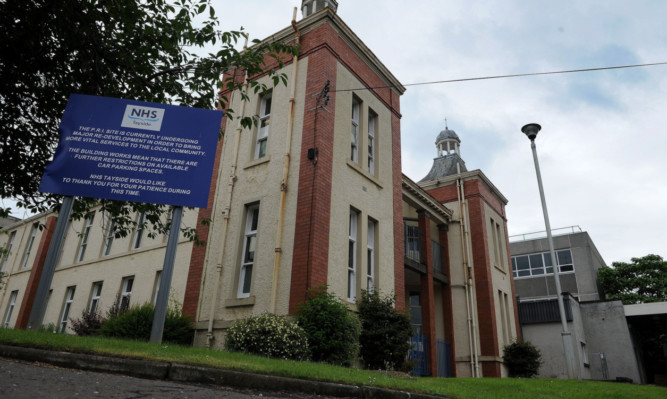Perth Royal Infirmary has been cleared of causing a woman’s death following claims medics had misdiagnosed her condition.
Her father complained to the Scottish Public Service Ombudsman (SPSO), believing her condition was more serious than medics had claimed.
Following an investigation, however, the SPSO has ruled that PRI doctors got it right.
The woman’s father identified only as Mr C told the SPSO that his daughter, Miss A, had attended the hospital’s eye clinic after being treated initially by her GP.
The GP was treating her for an eye condition with an antibiotic, but when her condition worsened she was referred urgently to the eye clinic.
A specialist doctor diagnosed marginal keratitis (MK), with a possible allergic reaction to the antibiotic prescribed by the GP.
The specialist changed the antibiotic, added a steroid and arranged a follow-up appointment for a week later. Three days later, however, Miss A died suddenly.
Mr C told the SPSO he disagreed with the stated cause of her death. He believed she had, in fact, been suffering from a more serious infective eye condition and that the treatment provided was not only wrong, but contributed to Miss A’s death by increasing pressure and inflammation in the brain.
After deciding not to uphold Mr C’s complaint, the SPSO said the correct diagnosis had been made and that there was no suggestion the hospital had contributed to her death.
It said: “Our investigation included taking independent advice from one of our medical advisers, who was of the view that appropriate examinations and investigations were carried out and that Miss A had been correctly diagnosed with, and treated for, MK.
“The adviser said that although the two conditions have similar symptoms, sufferers of the more serious condition also experience other symptoms, which Miss A did not have. The adviser was, therefore, of the view that Miss A’s diagnosis, care and treatment were reasonable, appropriate and timely and there was no evidence that these contributed to her sudden death.”
